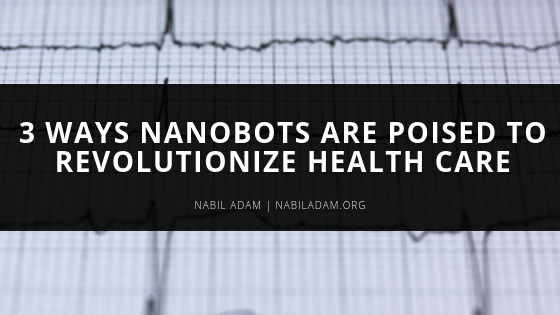There are few, if any, sectors or industries that aren’t experiencing massive growth in technology and health care is one of them. From scans that are capable of mapping out tissue on a cellular level to surgeries performed with no incision, the future is now in health care. One of the more recent entries into the fray is the use of nanobots. Nanobots are microscopic robots that are capable of entering the body through a swallowed capsule and are tiny enough to be transported through the body in the bloodstream. Nanobots are no larger than a speck of dust but have hundreds, if not thousands of potential applications. Here are three ways nanobots are poised to change healthcare.
Mapping
No matter how advanced digital imaging gets, it can only map what is solid or what it can see. This means it can reveal bones but not blood, tissue or even electrical connections in the brain – but nanobots can. Imagine a nanobot traveling through the bloodstream to be able to detect clots, aneurysms, or even microscopic tumors before they grow out of control into full-blown cancer.
Real-time monitoring and testing
Imagine nanobots that could constantly monitor insulin levels, red and white blood cell counts, or even body temperature. Diabetics would no longer need to take regular blood tests but instead could get an alert sent straight to a smartwatch when their insulin levels rise too high or fall too low. Instead of having to take a trip to the doctor, you could swallow a nanobot capsule that could take a number of different highly accurate readings and bypass blood tests altogether.
Cure for neurological conditions
Neurological conditions like Epilepsy and Parkinson’s Disease (among others) are essentially the result of electrical interactions in the body gone haywire. Medical science is already helping Parkinson’s patients with electrical-pulse brain stimulation, but nanobots have the potential to provide ongoing monitoring and electrical stimulation at the exact moment and in the exact increment needed to provide smooth, constant regulation of function. In fact, “electrical problems” or the misfiring of neurons may also be the root cause of a wide range of other conditions as well. Cranial electrotherapy simulation is showing promise for the treatment of anxiety, depression and even insomnia.

